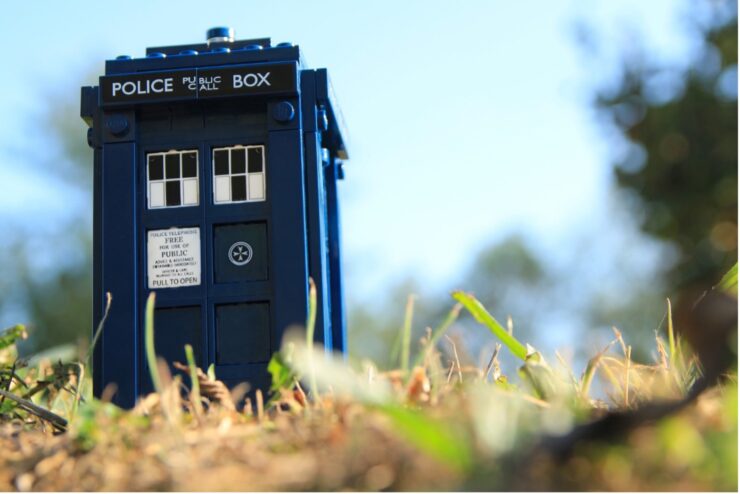Seminar Blogs
“Video Calling and Time Machines: Imaginary Media” – Pauline Munnich

Not too long ago, my friends and I were video calling, laughing about how we covered the three times of the day at the same time during our call. Meeting up, even if it is online, has currently become a bit of a feat for us, living on four different continents and in three vastly different time zones. Whenever we manage to all come online at the same time, it creates an amusing spectacle: one of my friends was enjoying her breakfast, basking in the watery morning sun in LA, I and the other Europeans amongst us and my Zimbabwean friend were drinking our afternoon tea whilst my other friend was enjoying the peacefully humid night in Seoul, showing us down the street her hostel was located.
During the seminar and the readings, I was reminded of this video call, remembering how often time has become a difficult issue for me and my friends in the digital age. Kluitenberg (2011) delved into the topic of imaginary media and how the boundaries between imaginary media and existing media are incredibly permeable as both help constitute each other (48-49). Similarly, during the session, we discussed at length how most imaginary media seemed to reflect the technologies of the time.
Comparably, when we think of time travel, we always seem to imagine these huge machines in science fiction that we go into to travel back in time. Yet, due to the digital age, we are experiencing a multitude of different temporalities on different scales all at once (Geoff and Lund 2016, 9). As Geoff and Lund (2016) describe “it is becoming more and more evident that the plurality of times today are not only existing at the same time, in parallel to each other, but that they are interconnected” (14). Our video call allows us to experience different times at the same time, bringing up the question of what time it truly is when we reside in that call. The time machine that we dream of to a certain extent lives in the palm of our hand when we video call someone in a different time zone; it disrupts the linearity of time. In other words, the time machine is not a futuristic imaginary media detached from the present, but reflects what our contemporary media are doing now.
Yet this transcendence of time only is made possible by the assumption that we are simultaneously present in a video call, reflecting that video calling is built around an imaginary itself. This imaginary is our belief that certain devices can successfully achieve the aim of creating presence over distance (Kluitenberg, 2011, 62-63). We can already see this with phones and instant messages, as some believe that they create a connected presence (Licoppe 2004) and function near-synchronous (Rettie 2009), giving the impression that receiving and sensing messages work within the same time frame. Even if video calling at first glance seems simultaneous, there is one giveaway that proves it to be near-synchronous, the echo. Sometimes, our voice gets picked up by someone else’s microphone and fed back to us after we have spoken, uncovering the slight delay that video calling has. We are never truly talking at the same exact time.
Thus, our phones and video calling, by being built around another imaginary, give us the opportunity to look into the future or the past, functioning like a little time machine, only because we believe it to be.
Cited Works
Geoff, Cox, and Jacob Lund. 2016. The Contemporary Condition: Introductory Thoughts on Contemporaneity and Contemporary Art. Stenberg Press.
Kluitenberg, Eric. 2011. “On the Archaeology of Imaginary Media.” In Media Archaeology, Approaches, Applications, Implications, edited by Erkki Huhtamo and Jussi Parikka, 48–69. University of California Press.
Licoppe, Christian. 2004. “‘Connected’ Presence: The Emergence of a New Repertoire for Managing Social Relationships in a Changing Communication Technoscape.” Environment and Planning D: Society and Space 22: 135–56.
Rettie, Ruth. 2009. “SMS: EXPLOITING THE INTERACTIONAL CHARACTERISTICS OF NEAR-SYNCHRONY.” Information, Communication & Society 12 (8): 1131–48.

